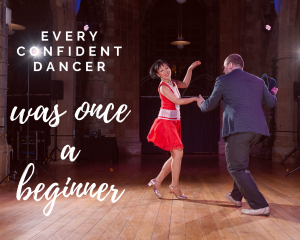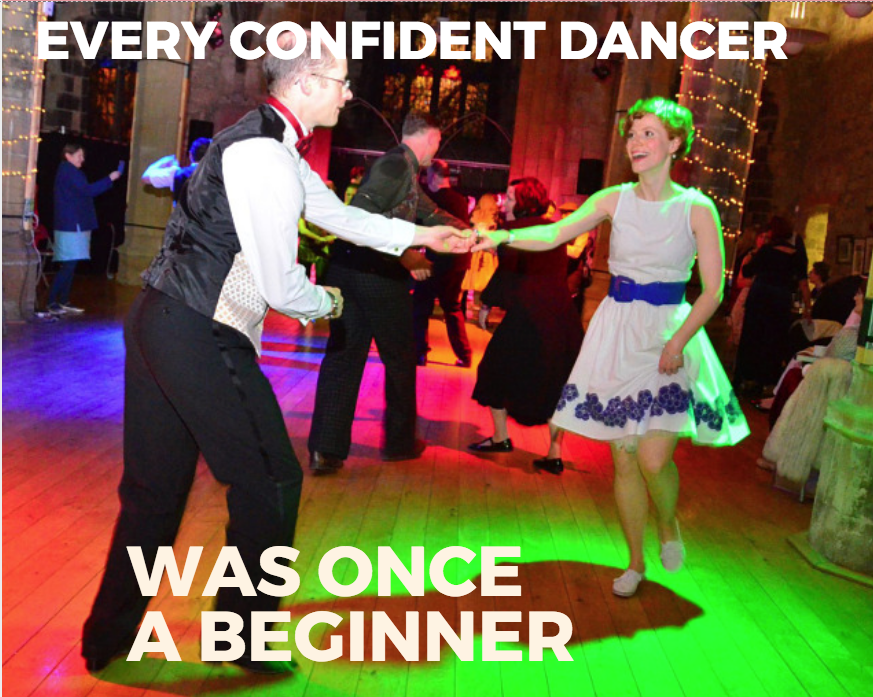
I don’t normally start watching Strictly Come Dancing right from the beginning when they introduce the celebrities and their professional partners. This is because I am more interested in the dancing then the gushing, screaming, and endless talking!
Listening and Letting Go
However, this year I have decided to listen to what the celebrities and professionals have to say about themselves. Of course, most of them said that they were going to work very hard and that they’re excited. None of them mentioned that they were prepared to do lots of listening!
Last year’s winner, Rose, was a great listener and I believe that this is the foundation for any student who wants to make the most of the expertise that’s being given to them.
Another important thing you need to do when you want to learn something is to let go of the need to be in charge. This helps you be more open to receiving the learning. I listened to one of the new contestants this year who mentioned that he was used to being in charge and that he’d find it really hard to let go of being in control.
In the past, the celebrities I’ve seen struggle have been the ones who are usually in charge in their family or professional lives. Having to let go and allowing someone else to take charge was just too much of a huge shift.
The Secret Sauce to Incredible Progress
I have found parallels in our Swing dance classes. People often worry that they will struggle in class because have no dance experience. In fact, it’s often the people with no experience, an open mind, and a readiness to receive the tuition who are the most likely to make incredible progress.
People who may have some dance experience, particularly experience of a different dance style they are used to being successful in, can often struggle in a beginner’s Swing dance class. This might be because they don’t think of themselves as being ‘new’ even though they are complete beginners in this dance style.
Let Your Teacher Be the Boss!
Whether you are new to dancing, new to Swing dance, or you’ve danced before and want to learn some new moves, letting go is the key to success. Releasing the need to be in charge or trying to figure things out for yourself means the pieces of the puzzle will slot into place a lot quicker. Let your teachers be in charge of the process, allow them to guide you, and you’ll be amazed at how much progress you can make!




